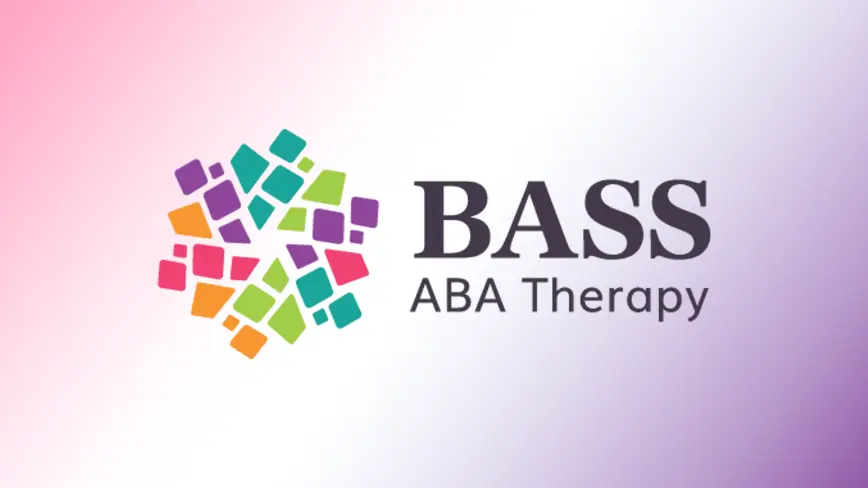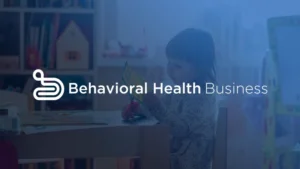Waitlist management is an increasing challenge in the ABA field. With 1 in 31 children being diagnosed with autism spectrum disorder (ASD), the demand for autism care is rising. While the number of behavior analysts and behavior technicians is steadily growing, the growth has not kept pace with the demand.
In one study, roughly 75% of caregivers reported spending time on a waitlist for ABA services. The average waiting time was 5.7 months. The time spent waiting can vary significantly based on location. In areas with fewer providers, the waitlists can be significantly longer.
While ABA waitlists are oftentimes inevitable, there are ways to better manage your organization’s waitlist to improve access to care and increase revenue. Regularly analyzing waitlist data to assess realistic waiting times, maintaining clear and ongoing communication with waitlisted families, and using practice management software to manage waitlists can greatly improve the flow of your waitlist and ensure families' satisfaction.

Growing Waitlists
With increased awareness of autism and better diagnostic processes, ABA providers are met with an increased demand for services. However, this increased demand does not align with the current availability of ABA practitioners. Thus, most practices have lengthy waitlists for children to receive services.
Families seeking ABA services have likely already experienced some waiting time in obtaining a diagnosis. In fact, according to a survey of autism centers in the US, 61% of diagnosticians have a waitlist spanning at least 4 months. Finally receiving a diagnosis can bring a sense of validation and relief. However, that feeling is often fleeting as they learn that support is not readily available upon obtaining that diagnosis.
While ABA waitlists are often unavoidable given current circumstances, there are things organizations can do to support families while they wait. Determining accurate and realistic waitlist times and communicating these to waitlisted families can improve the family’s satisfaction and likelihood of waiting for a spot in your agency. By regularly analyzing your waitlist data—the rate of fade out, updates to staff availability, and provider capacity—you can determine a more accurate timeline for waitlisted families.
Turning Away Potential Clients
Sometimes, providers have to make the difficult decision to turn away potential clients due to overwhelmingly long waitlists. This is particularly common among families with limited availability. Open communication is key when turning away potential clients. Be honest when informing them of your waitlist capacity and limitations. Providing referrals to other providers and sharing additional resources can go a long way in supporting families when you’re unable to take them on. It shows a commitment to helping them access the care they need, even if it’s not within your organization.

Clients Dropping Off the Waitlist to Go to Other Providers
The children on your waitlist may become clients of yours in the future, as you increase capacity. However, the reality is that many of those children may drop off the waitlist. Early intervention is key for the best possible outcomes. Therefore, it is common for families to go on multiple waitlists to find the provider that can serve them the fastest. If other providers in your area are able to onboard those children sooner, then it is likely that they will remove their names from your waitlist and choose the other provider.
This is again where open and ongoing communication is necessary. If a family is placed on a 6-9 month waitlist and months pass without hearing a word, they may feel that your organization does not value transparency, leading them to choose another provider. Therefore, it is critical that waitlisted families receive updates regarding where they stand on the waitlist. Communicate with waitlisted families through regular check-ins to inform them of updated timelines and provide support or additional resources as needed. Regular check-ins are also vital for the provider to update the waitlist if they find that families are no longer in need of services.
Using a Separate System/Manual Process
When managing waitlists through inefficient manual processes, separate from other aspects of your business, increased challenges arise. For example, many providers use spreadsheets, which can increase the potential for user error, such as the accidental deletion of vital information.
Implementing waitlists into practice management software can reduce the risk of error, increase efficiency, and reduce potential HIPAA violations. A well-organized intake system enables clients to move through the process to receive services sooner than they may have otherwise. Using a unified platform can also streamline the process from waitlist to active client, reducing unnecessary administrative tasks.

Streamline Waitlist Management with CentralReach
Using CentralReach’s best-in-class tools to streamline and simplify intake means ditching paper forms to decrease time-consuming tasks like playing phone tag with clients to fill in missing or incomplete fields. Allow electronic forms to route data directly into the system to a designated staff member to obtain and track for a seamless workflow.
Learn additional ways to support families during the wait for care.






